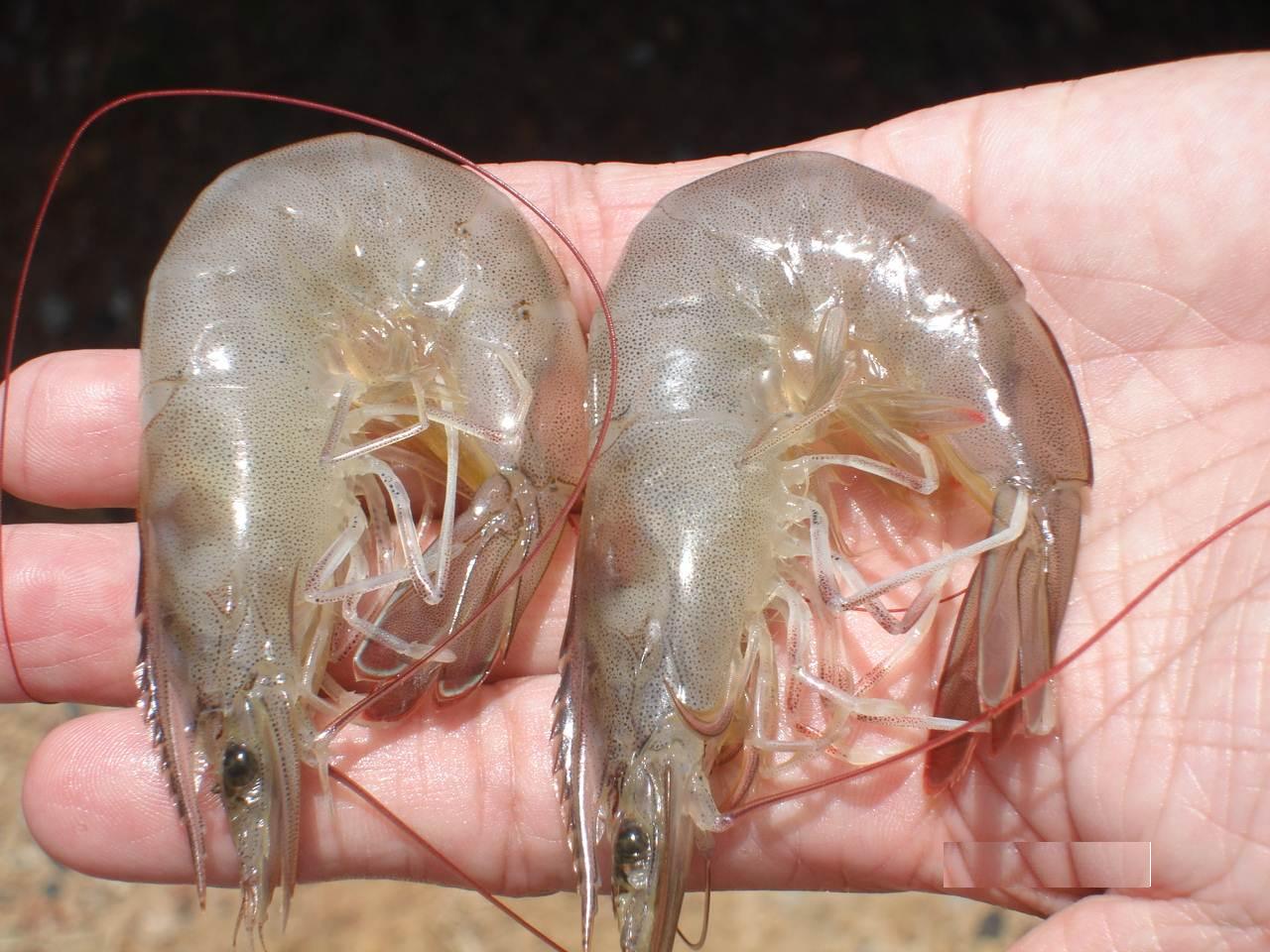
In recent years, some Ecuadorian shrimp farmers have reported several cases of muscle necrosis in P. vannamei grow out cultures, associated to low mortalities at harvest. This abnormal condition is characterized by focal to extensive necrotic areas in striated tail muscle tissues, displaying a white, opaque appearance.
Furthermore, histological analysis from suspected samples with macroscopic lesions revealed a loss of sarcomeric structure accompanied by coagulative muscle necrosis along with hemocytic infiltration. Two viruses, not reported in Ecuador, are described as etiological agents of muscle necrosis in P. vannamei: infectious myonecrosis virus (IMNV) and Penaeus vannamei nodavirus (PvNV). In this study, the etiology of the muscle necrosis cases found in the Pacific white shrimp P. vannamei cultured in Ecuador was examined. This muscle necrosis was hypothesized to be caused by an infectious agent. Three sequential challenge tests, using diseased P. vannamei with macroscopic lesions (opaque, whitish discolorations in the abdominal muscles) as starting material (crude inoculum), were carried out. Essentially, histological examination confirmed that most of the challenged shrimp had lesions in skeletal muscle, including multifocal necrosis, fibrocytic inflammation and phagocytosis. In the first trial, 7 challenged shrimp (out of 10) presented multifocal necrosis and hemocytic infiltration in the skeletal muscle. In the second trial, 14 challenged shrimp (out of 20) exhibited coagulative muscle necrosis and hemocytic infiltration. In the third trial, 48 challenged shrimp (out of 69) showed muscle necrosis and hemocytic infiltration. There were no mortalities throughout the all four-week trials. All challenged shrimp tested by RT-PCR assay were negative for IMNV. In our experimental procedures, muscle necrosis could be consistently reproduced through three sequential trials, confirming that the disease has an infectious etiology. Our results suggest that the etiological agent of this disease could be a new infectious agent or a different strain of IMNV.
Full text:https://drive.google.com/open?id=0B2GPQ2loaETAaHZteTM4cEZ0TnM
Source: thuysan247.com




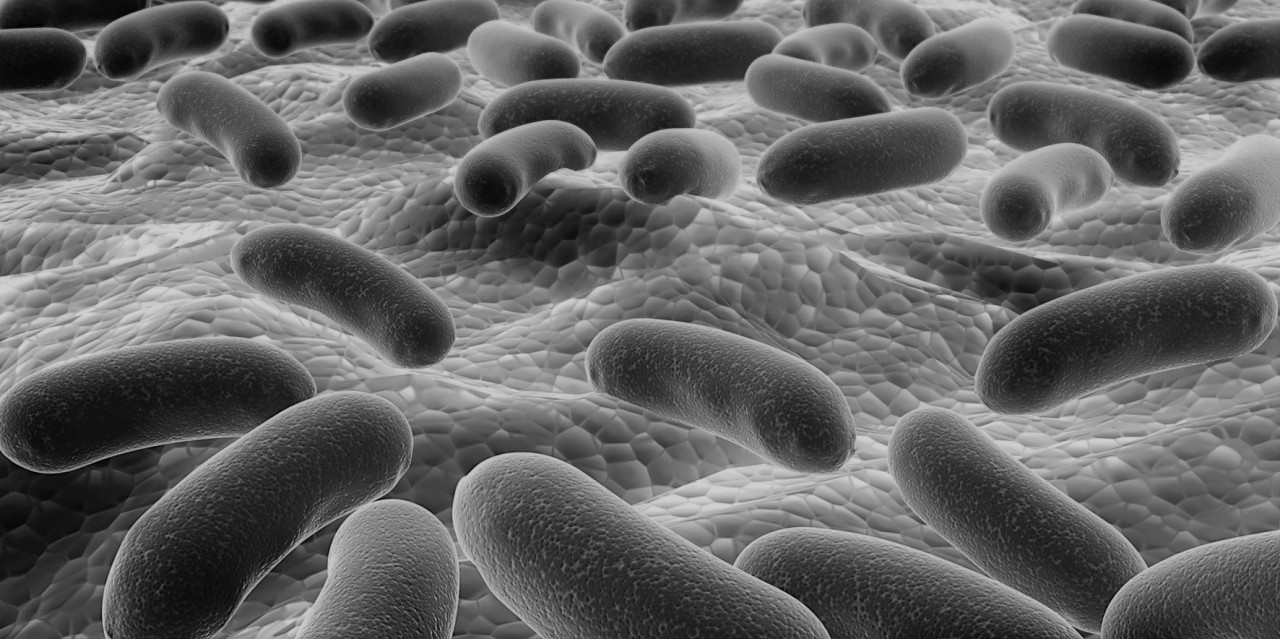

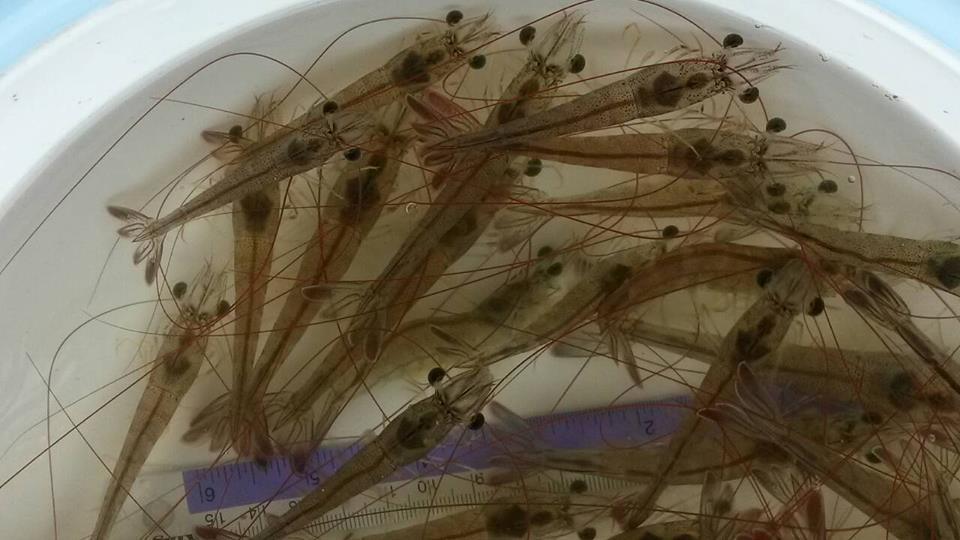
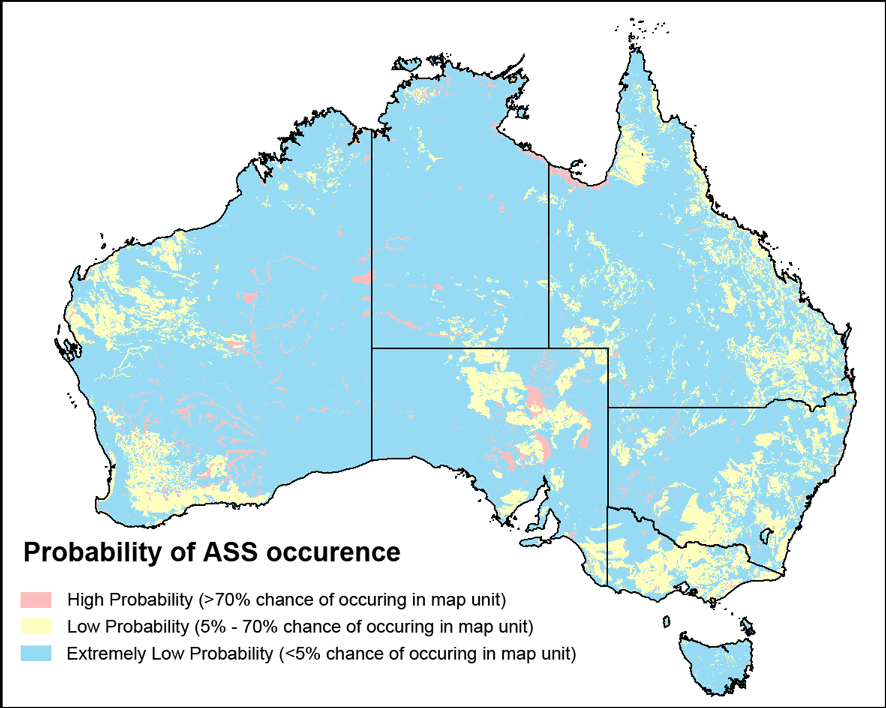

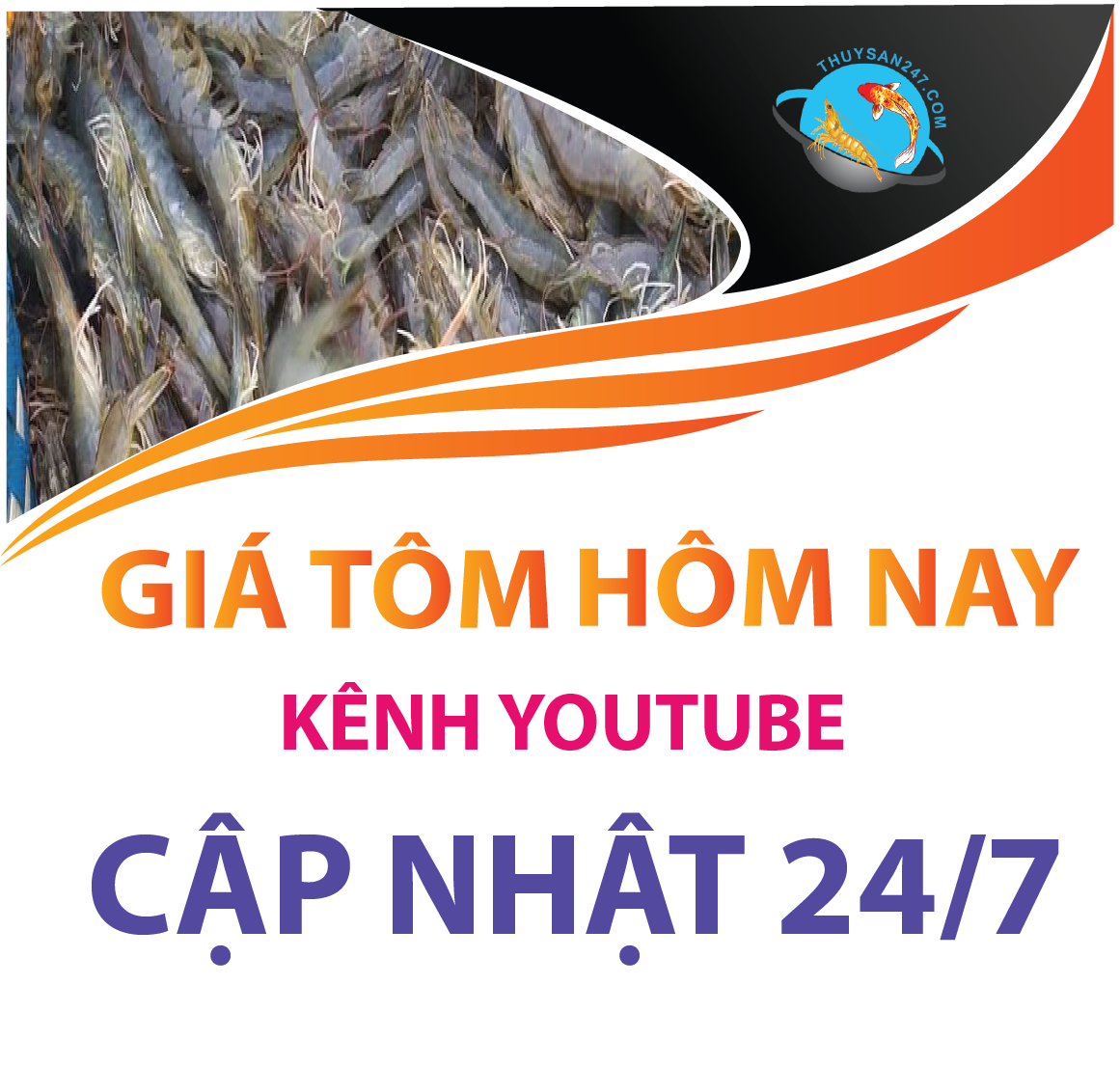
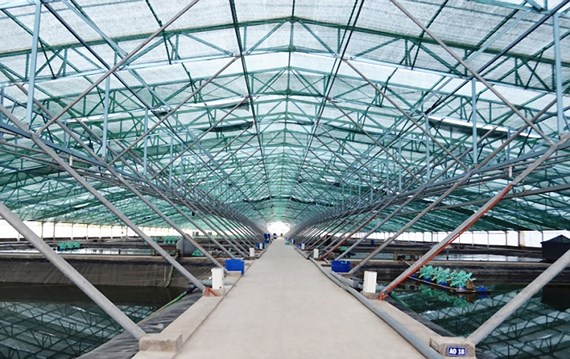


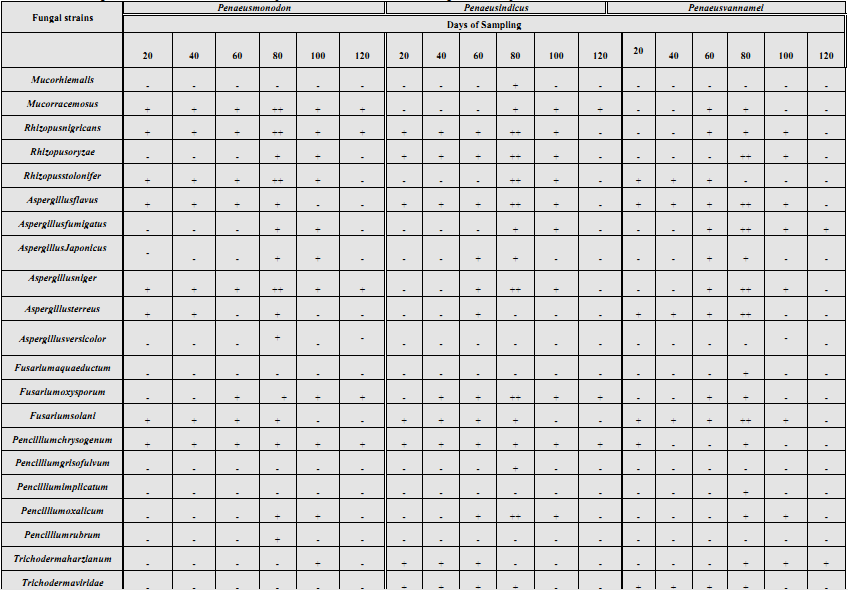
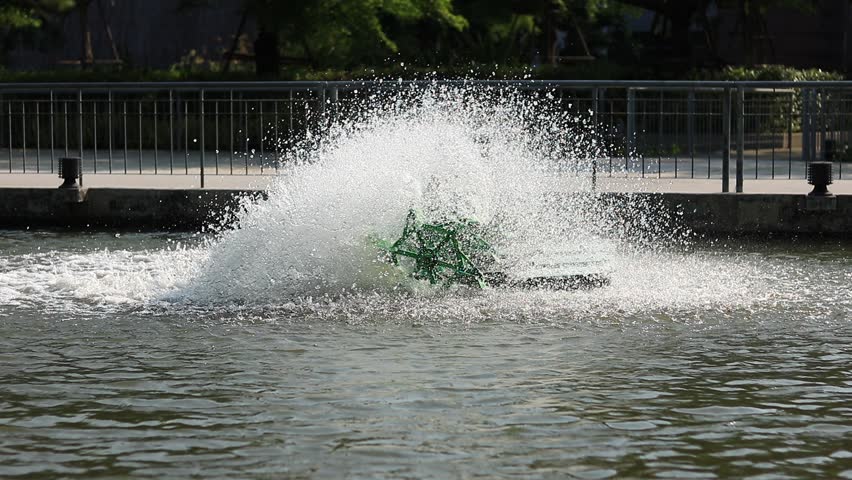
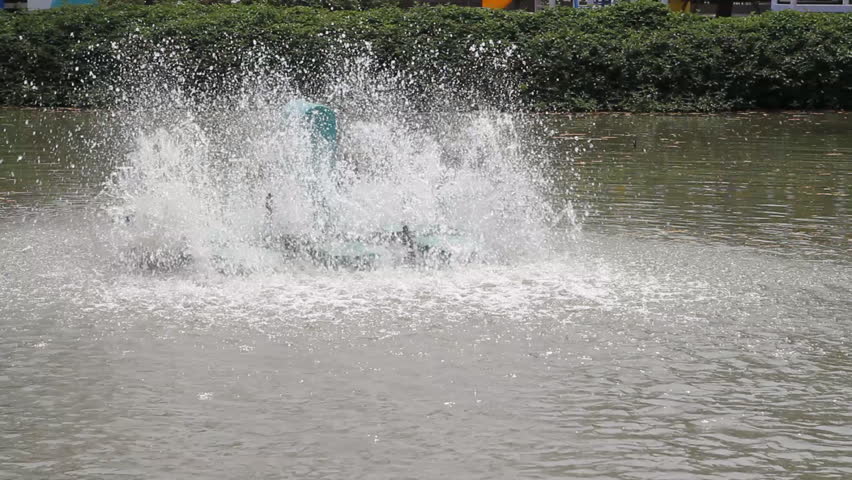
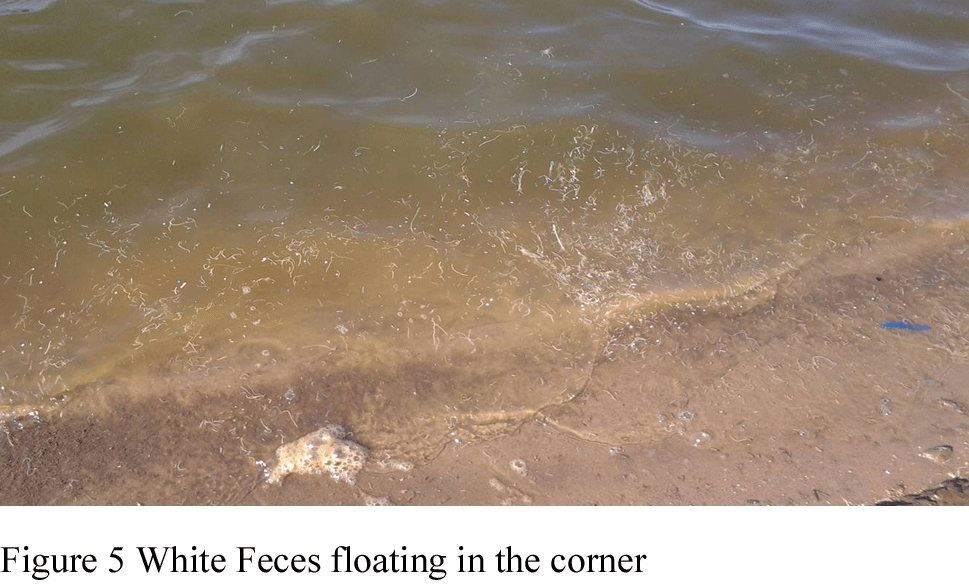
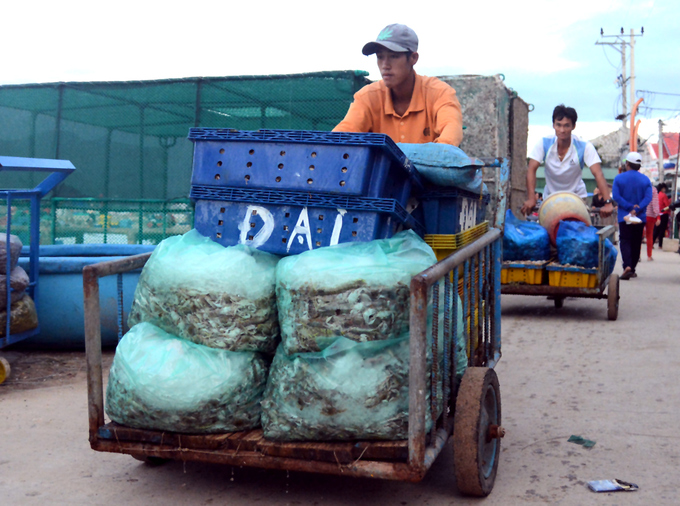



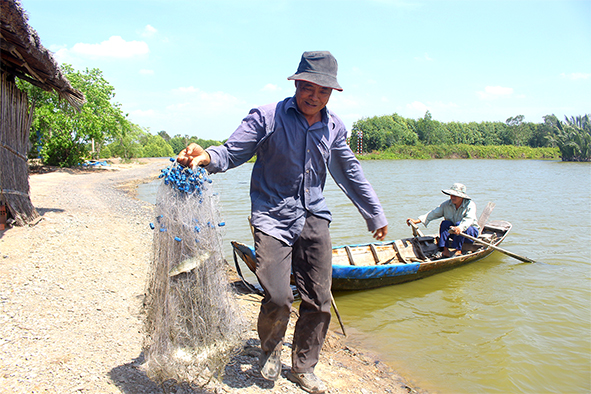
Bình luận bài viết